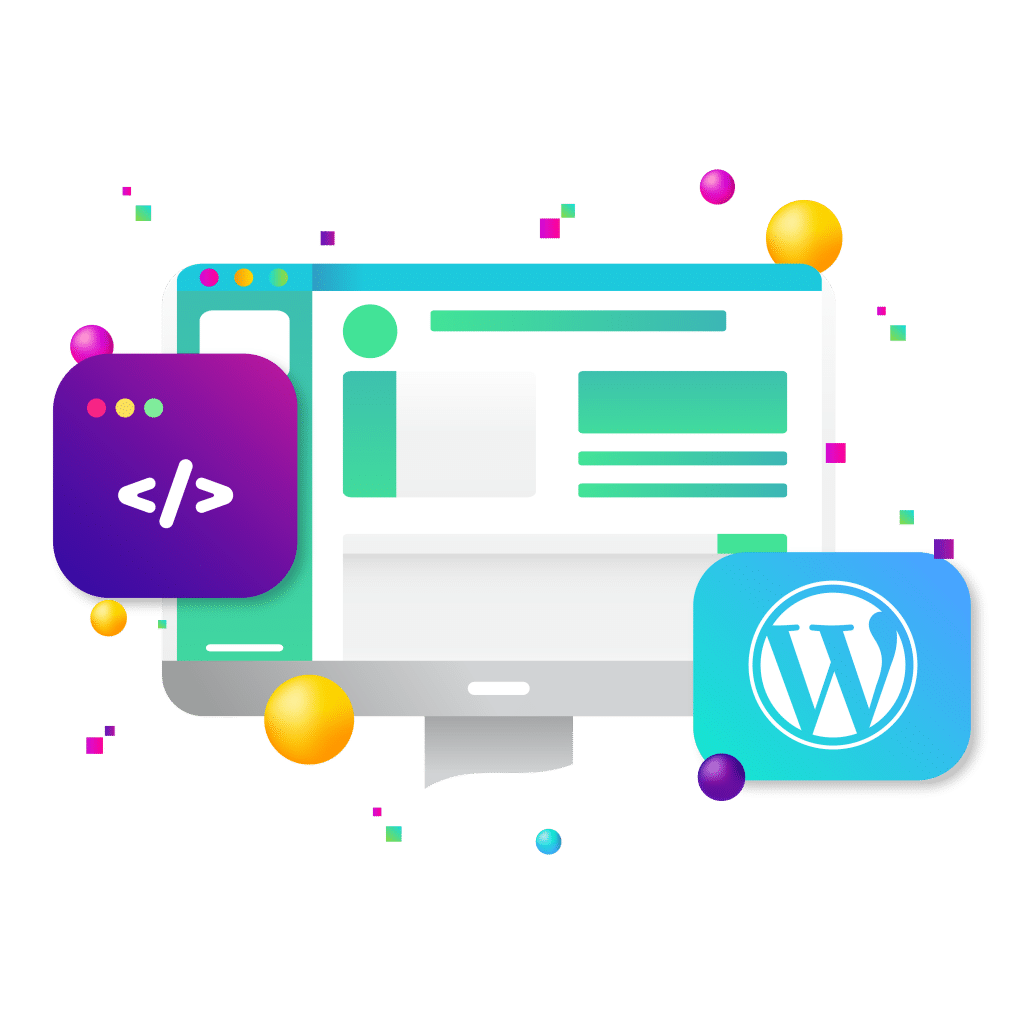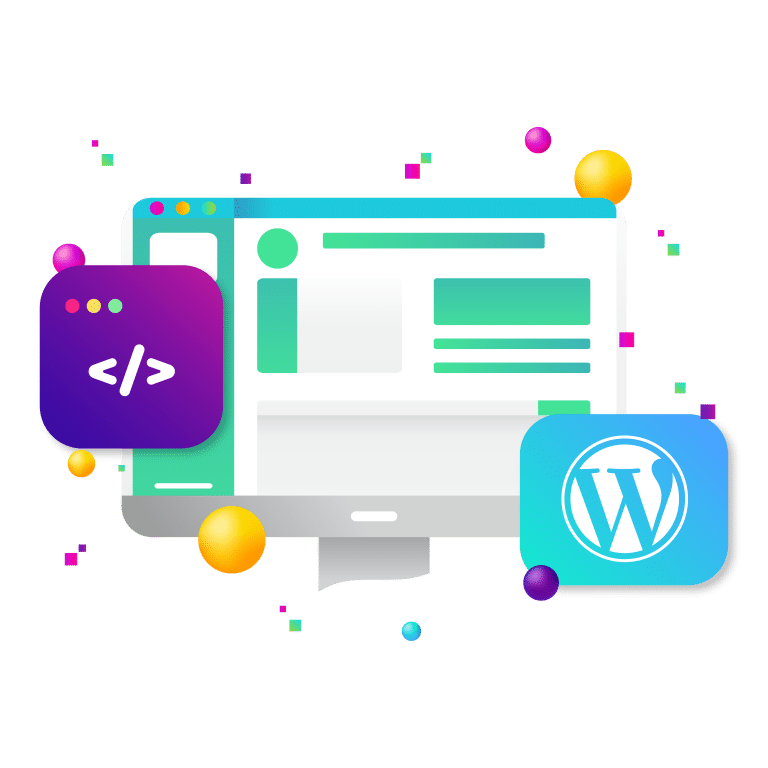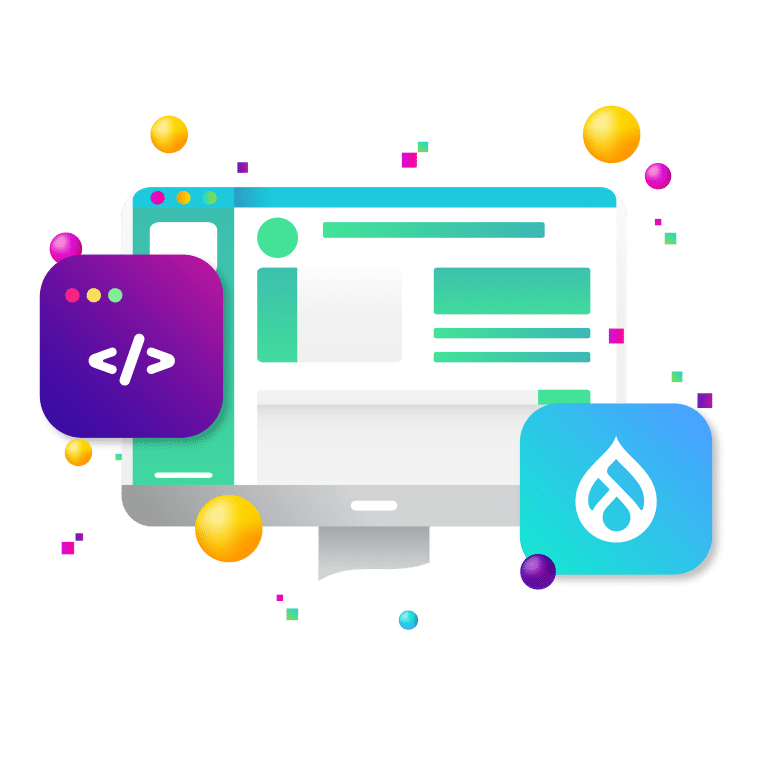
Full-Site Editing (FSE) is one of the most transformative shifts WordPress has ever undergone. By extending the block editor beyond individual posts and pages, FSE allows editors to design and manage site-wide elements such as headers, footers, templates, and global styles. This expansion gives editorial teams unprecedented control. Content creators are no longer limited to text and images inside predefined templates; they can shape the very framework of their websites in the same intuitive editor they already know.
This freedom is powerful. For marketing leaders and communications teams, it promises agility, independence, and speed. No longer do campaign launches need to wait on developers for layout tweaks or design adjustments. An editor can redesign a homepage hero, introduce a new call-to-action, or apply global typography changes in a matter of clicks. Yet freedom, as is often the case in digital environments, comes with risks. Without clear governance, a site can quickly lose consistency, accessibility, and brand coherence. Large organizations, particularly those with dozens of editors contributing simultaneously, face the delicate challenge of balancing empowerment with structure.
This article explores the governance strategies that make Full-Site Editing sustainable. From role permissions and locked patterns to theme.json and editorial workflows, you’ll discover how to channel FSE’s creative power without sacrificing consistency. The goal is not to roll back the freedoms FSE provides but to establish guardrails that allow large teams to thrive within them.
Why Governance Matters in Full-Site Editing
When WordPress first popularized the block editor, it was largely about flexibility within the page or post. But with FSE, that flexibility now extends to every corner of a site. While this democratization of design is empowering, it can also open the door to chaos. Consider what happens when one editor experiments with a neon background, another applies off-brand typography, and a third rearranges the header navigation without approval. Instead of a unified user experience, the site begins to feel fragmented and untrustworthy.
For organizations with large editorial teams, governance is not optional—it is a strategic necessity. It ensures that while editors are empowered to work independently, they do so within a shared framework that preserves the brand, ensures accessibility, and maintains efficiency. Governance in this context means protecting the site from brand drift, preventing accessibility oversights, and ensuring that contributors are not duplicating work or introducing design inconsistencies. Far from restricting creativity, governance allows creativity to flourish responsibly, supported by structure.
Understanding Full-Site Editing in Context
To appreciate the governance challenge, it helps to understand what FSE brings to the table. Traditionally, WordPress themes dictated a site’s look and feel. Developers built templates using PHP, and editors filled those templates with content. FSE fundamentally changes this model. Site design becomes block-centric rather than theme-centric, with templates, global styles, and reusable patterns all editable from within the WordPress interface.
This means headers and footers can be edited in the same environment as blog posts, typography and colors can be adjusted globally through a central panel, and developers can use the theme.json file to establish design tokens and defaults. For editorial teams, FSE is attractive because it removes bottlenecks. A campaign landing page can be spun up without waiting on developer hours, and a team can experiment with layouts or calls-to-action as marketing needs evolve. The result is speed, flexibility, and efficiency. But with these benefits comes the need for boundaries, especially when many contributors are working simultaneously.
The Governance Challenges of FSE
The very power of Full-Site Editing creates new governance challenges. The first is role and permission management. Not all editors should have equal power, but FSE often blurs the lines between content editing and design control. Without careful assignment of permissions, a junior contributor could alter the global header or reset the typography for the entire site.
The second challenge is brand and design consistency. FSE makes it possible for any editor to override global colors or adjust typography in ways that conflict with established brand guidelines. A lack of consistency can erode user trust, confuse audiences, and make the site look less professional.
The third challenge is workflow and accountability. In a traditional publishing model, editors worked within rigid templates, so fewer approvals were needed. With FSE, changes can affect not just one page but the entire site. Without clear workflows, it can be difficult to know who is responsible for approvals, who has final authority over design changes, and how updates are tracked and rolled back. These three challenges—roles, consistency, and workflow—are the foundation of governance in an FSE environment.
Mastering Role Permissions
WordPress’s default roles—Administrator, Editor, Author, Contributor, Subscriber—were not designed with Full-Site Editing in mind. An Editor role, for example, might have the power to publish and manage posts but shouldn’t necessarily have access to global styles or site templates. Similarly, an Author may need to publish their own posts but doesn’t need the ability to insert experimental design blocks that affect layout.
To address this, organizations often extend WordPress’s permissions with plugins such as User Role Editor, Members, or PublishPress Capabilities. These tools allow granular control, ensuring that only senior editors or administrators can access site-wide templates, while content creators focus on text and images. A marketing designer might be permitted to adjust global colors, but writers would not.
The principle of least privilege is essential here: each user should have only the permissions required for their role. Access should also be tiered, distinguishing clearly between content creators, managers, and designers. And because teams change, permissions should be reviewed regularly. Logging and audit trails further strengthen governance by making it easy to see who changed what and when, ensuring accountability.
Pattern Locks and Reusable Components
One of the most effective governance tools in FSE is the block pattern. Patterns are pre-designed arrangements of blocks—a testimonial slider, a donation form, or a call-to-action banner—that can be reused across the site. They save time, encode brand standards, and reduce inconsistency.
But patterns become even more powerful when locked. WordPress allows administrators to prevent editors from changing the structure of a pattern. For example, a locked donation form can require that accessibility-friendly labels remain intact, even as editors update the campaign text. A branded call-to-action block can enforce color and font settings while allowing editors to swap in new messaging.
By centralizing patterns in a library and documenting their use, organizations ensure that editors know which pattern to use in each situation. Locking prevents accidental changes that could compromise brand consistency or usability. The challenge is finding the right balance. Too much flexibility erodes consistency, while too much locking frustrates editors. Effective governance sits between these extremes, offering freedom within safe, branded structures.
Global Styles and Theme.json as Governance Backbones
If patterns guide individual components, theme.json governs the entire site. This configuration file defines design tokens, sets block defaults, and controls what editors can and cannot do. With theme.json, developers can establish brand-approved color palettes, typography rules, spacing scales, and even block availability.
Global styles further reinforce these rules by surfacing them in the WordPress interface. Editors see only the approved color palette, only the sanctioned typography options, and only the blocks their role permits. This removes the temptation to “go rogue” with off-brand choices.
The importance of theme.json extends beyond branding. It also supports accessibility. By defining minimum font sizes and enforcing high-contrast color combinations, organizations can ensure their sites meet WCAG requirements without relying on every editor to remember best practices. In large teams, where not everyone is trained in accessibility, this enforcement is invaluable.
Editorial Workflows and Approvals
Governance cannot be handled by permissions and settings alone; it also requires process. Even when roles and patterns are carefully managed, editorial workflows must define who approves changes, how new templates are tested, and what happens when something goes wrong.
PublishPress is one example of a plugin that strengthens workflow by adding editorial calendars, approval flows, and notifications. Other tools provide revision tracking or multilingual workflows for global organizations. Staging environments allow teams to preview and test design changes before they go live, while scheduled publishing aligns site changes with larger campaign calendars.
Best practice is to cultivate a “draft first, publish later” culture. Editors should be encouraged to preview their changes and request approvals before pushing updates to production. Revision controls and rollback plans provide additional safety nets. In short, governance is as much about culture as it is about tools. Without a shared process, even the best technical guardrails can fail.
Living Style Guides for Editorial Teams
Style guides are not new, but in an FSE world they take on greater importance. Since editors are now shaping design as well as copy, style guides must go beyond voice and tone to cover typography, color usage, layout rules, and accessibility. They need to explain which fonts are permissible, when to use a card layout instead of a list, or how to ensure images meet contrast requirements.
The most effective style guides are interactive. Instead of a static PDF, they function as living documents embedded in the CMS. A pattern library within WordPress, for instance, doubles as a style guide by showing editors not only which components to use but also how and when to use them.
Training plays a critical role here as well. Editors should not be left to discover rules on their own. Organizations should provide onboarding sessions, workshops, and tutorials to ensure every team member understands how governance works and why it matters. A style guide supported by training becomes a living system that enforces governance through both design and culture.
Balancing Innovation with Control
A common concern with governance is that it will stifle creativity. Editors may worry that too many restrictions will prevent them from experimenting or tailoring content for unique campaigns. The solution is not to eliminate guardrails but to create spaces where innovation can thrive safely.
Sandboxes and staging sites are excellent tools for this. Editors can try bold new layouts in a staging environment without affecting production. New block patterns can be piloted on smaller campaigns before being adopted site-wide. Performance analytics can measure whether a new call-to-action converts better than existing ones, grounding decisions in data rather than opinion.
Ultimately, governance should be seen as a partnership between editorial, design, and marketing leadership. Developers create the guardrails, editors explore within them, and marketing ensures alignment with organizational goals. When governance is structured this way, it empowers innovation instead of limiting it.
The Future of Governance in FSE
WordPress continues to evolve, and governance features will evolve with it. In the future, we can expect more granular role control within WordPress core, enabling permissions such as “edit templates but not global styles.” AI-assisted governance may also emerge, with machine learning flagging off-brand colors or inaccessible designs in real time. Design systems may integrate even more closely with enterprise tools like Figma, ensuring that what designers create is mirrored directly in the CMS.
But while the future holds promise, the need for governance is immediate. Habits form quickly in editorial teams, and the longer a site operates without rules, the harder it is to rein in inconsistencies later. The time to establish governance is now, before chaos takes root.
How New Target Helps
Full-Site Editing is the future of WordPress, and for large editorial teams, it is already the present. The challenge is that freedom without structure leads to inconsistency, brand erosion, and accessibility risks. The solution lies in establishing governance that combines technical controls with cultural processes. By carefully structuring role permissions, locking reusable patterns, configuring theme.json for brand and accessibility, defining editorial workflows, and maintaining living style guides, organizations can enjoy the best of both worlds: empowered editors and consistent brand experiences.
At New Target, we help organizations put these systems in place. Our expertise lies in configuring WordPress for governance at scale, building reusable block patterns that drive conversions, enforcing accessibility through theme.json, and training editorial teams to thrive within structured freedom. Whether you are a nonprofit with dozens of contributors, a government agency with strict compliance needs, or a global brand with regional teams, we can help you harness the power of Full-Site Editing without losing control of your identity.
If you are ready to empower your team while protecting your brand, let’s chat.



